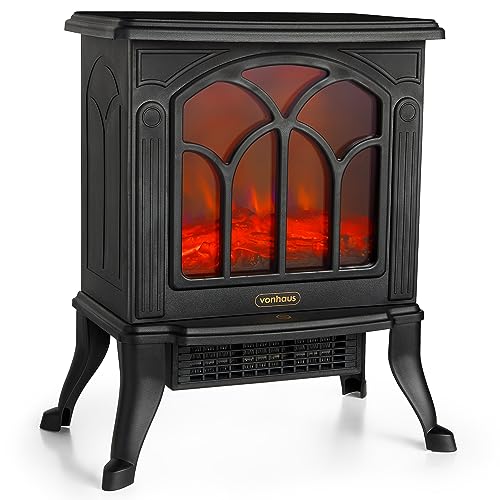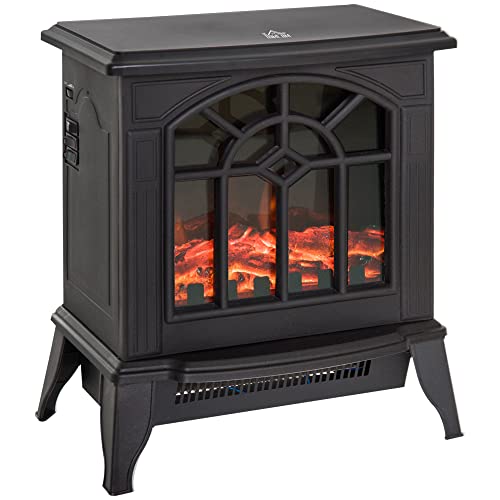Three Of The Biggest Catastrophes In Bioethanol Fireplace History
Deborah
0
12
09.22 06:32
 The Benefits of an Ethanol Fireplace
The Benefits of an Ethanol Fireplace Ethanol fireplaces are a fantastic alternative to wood or gas fires, since they do not require chimneys or flues. They don't produce smoke, ash, or mess and can easily be transferred from one place to another.
Ethanol fireplaces are a fantastic alternative to wood or gas fires, since they do not require chimneys or flues. They don't produce smoke, ash, or mess and can easily be transferred from one place to another.Use bio-ethanol only on burners designed to burn the fuel. The warranty of your burner could be invalidated in the event that you use other liquid fuels or gels.
Cost
The cost of a bioethanol fireplace varies according to the model and type you select. There are models ranging from a few hundred dollars to several thousand dollars, but they're generally less expensive than a wood or gas fireplace. Some are designed to be freestanding fireplace, while others can be built into walls or attached to the chimney. Ethanol fireplaces are also less harmful to the environment than fireplaces that burn wood.
Bio ethanol fireplaces are popular because they produce a beautiful flame that is free of soot and smoke. They can be used almost everywhere and are simple to maintain. However it is important to only use bioethanol fuel that is specifically made for use with these fireplaces. Other kinds of fuel can harm the burner, thereby increasing the danger of fire. In addition, you should not store flammable materials close to the bio ethanol flame.
Ethanol fireplaces are excellent for heating rooms, however they shouldn't be relied on as your primary source of heat. They are much more efficient than wood-burning fireplaces and they can generate a decent amount of heat, around 2kW in average. It's not enough to heat a whole house, but it can definitely warm up smaller rooms.
In addition to the cost of an ethanol fireplace you'll need to think about other expenses related to maintaining the unit. The fireplace should be kept in a safe location away from pets and children. Follow the manufacturer's guidelines when adding fuel, then extinguishing the flame and allowing the heater to cool.
A ethanol fireplace is a fantastic alternative to traditional wood-burning stoves or an electric fire. It has the primary benefit of not requiring chimneys. You can save money by not having to install and maintain one. It is also safer to use as opposed to other types of fireplaces. But it is still recommended to seek advice from a professional before making the final decision. You can be assured that the fireplace is installed safely and correctly.
Environmental impact
A fireplace that is ethanol-powered is a greener alternative to traditional wood-burning fireplaces. It uses bioethanol fuel that is created by the fermentation of sugar and starch components from waste plant products such as straw, corn, and maize. The liquid biofuel is then further distilled to make it burn efficiently and cleanly. This kind of fuel can be considered a renewable source of energy and doesn't emit harmful smells or emissions. It is also free of soot and smoke which makes it an ideal choice for your home than other types of fires.
Ethanol fireplaces don't require venting and chimneys They can be put in almost any room of your home. The majority of models come with a remote control. Many models come with built-in cooling systems to prevent the fuel from becoming too hot. They can be used either as a primary heat source or as an additional heating unit. They are also ideal for people who live in apartments or condos.
Bio ethanol fireplaces emit very little smells. They are a perfect choice for homes where people suffer from allergies or asthma. In fact, this kind of fireplace is able to be utilized in a nursery or a child's bedroom. The fireplaces should be kept away from flammable items such as furniture or curtains.
The simplicity of using an ethanol fire is among its greatest benefits. It is easier to install than a fireplace that burns wood, and does not require complicated electrical wiring or installations. The fuel in liquid form can be stored in a portable container so that it can be easily moved from one place to another. This allows you to enjoy the warmth of a fireplace without having to deal the mess of chopping up, stacking and cleaning up the wood.
Another benefit of a bioethanol fireplace is that it creates very little carbon dioxide which makes it a great alternative for those who are concerned about the environment. Additionally, these fireplaces are an excellent way to save energy and money.
Safety
A bioethanol fireplace is a secure alternative to an open fire. They burn cleanly and emit less smoke than other alternatives, and are easy to use. Like all fireplaces and other devices that produce fire they can be dangerous if used improperly. These fireplaces need special care therefore, make sure you adhere to the guidelines.
When using a bio-ethanol fireplace ensure that it is located in a well-ventilated area and at a distance from other combustible materials. Also ensure that pets and children are kept away from it. Don't move it while the fire is still burning. This could trigger an explosion.
Bioethanol fireplaces aren't as hazardous as wood or gas fireplaces, but there are some safety guidelines to follow to ensure a safe operation. Keep flammable objects at least 1500mm from the burner and don't touch it while the flame burns. It's also crucial to not use fuel that isn't approved.
The burning process of a bio-ethanol fireplace is very secure, particularly if you follow the instructions. The fuel is then pumped into a vapour accelerator, where it evaporates and is ignited by a filament. This method of combustion ensures that the fuel is completely burned, eliminating unpleasant odours as well as harmful substances such as dioxins and furans.
It is important to adhere to the guidelines that are provided by the manufacturer prior to installing or operating an ethanol marble fireplace. In addition, they should be kept clear from combustible materials, such as curtains and newspapers. They should be kept a safe distance from other household appliances, and not used near children or animals that are sleeping.
The primary benefit of a bio ethanol fireplace is that it doesn't produce any harmful fumes or odours, which makes it a much safer option for families with small children or pets. They are also more convenient to utilize than traditional fireplaces since they don't require a chimney, and don't trigger carbon monoxide poisoning. These fireplaces offer a variety of advantages, including the ability to place them anywhere and move them around.
Installation
A bioethanol fireplace is a fantastic option to add ambience and warmth to a room. They come in a variety of styles and can be installed in different ways. They can be built-in, wall-mounted or freestanding, or even transparent. However, it is recommended to go through the installation manual of the fireplace you are installing it. This will ensure that you won't encounter any issues with the installation and that your fireplace is safe to use.
The process of installing bioethanol fireplaces is simple. It is as simple as building an enclosure in the wall to accommodate the fireplace and fitting the burner inside. The frame should be constructed from a material that is not fire-proof. This will stop the burner from burning your wall fires (check out here). This will also help to stop the flame from spreading to other areas of the room. The frame must be attached to the wall using appropriate screws and dowels.
In contrast to other types of fireplaces, ethanol fires do not require a chimney or a flue. This makes them cost-effective for homeowners. They can be placed in any room and easily moved. They also don't emit any harmful gases.
When properly used When used properly, a bioethanol fire is very secure. But as with all fires, they should be kept away from surfaces that are flammable and children. In addition the fuel must be kept in a secure location and the fire put out prior to refueling it.
Ethanol fireplaces do NOT produce any soot or ash, and they are easy to clean. They are a great choice for those worried about the impact on the environment of traditional wood-burning fireplaces. Ethanol-fueled fireplaces can be a fantastic alternative to gas or electric fireplaces.
Although bioethanol fireplaces can be an excellent addition to any home but they shouldn't be used as a primary source of heat. They are designed to add warmth and create a cozy ambience, but are not powerful enough for heating an entire home. The best method to install a bioethanol fireplace is to employ an expert to handle the job.
